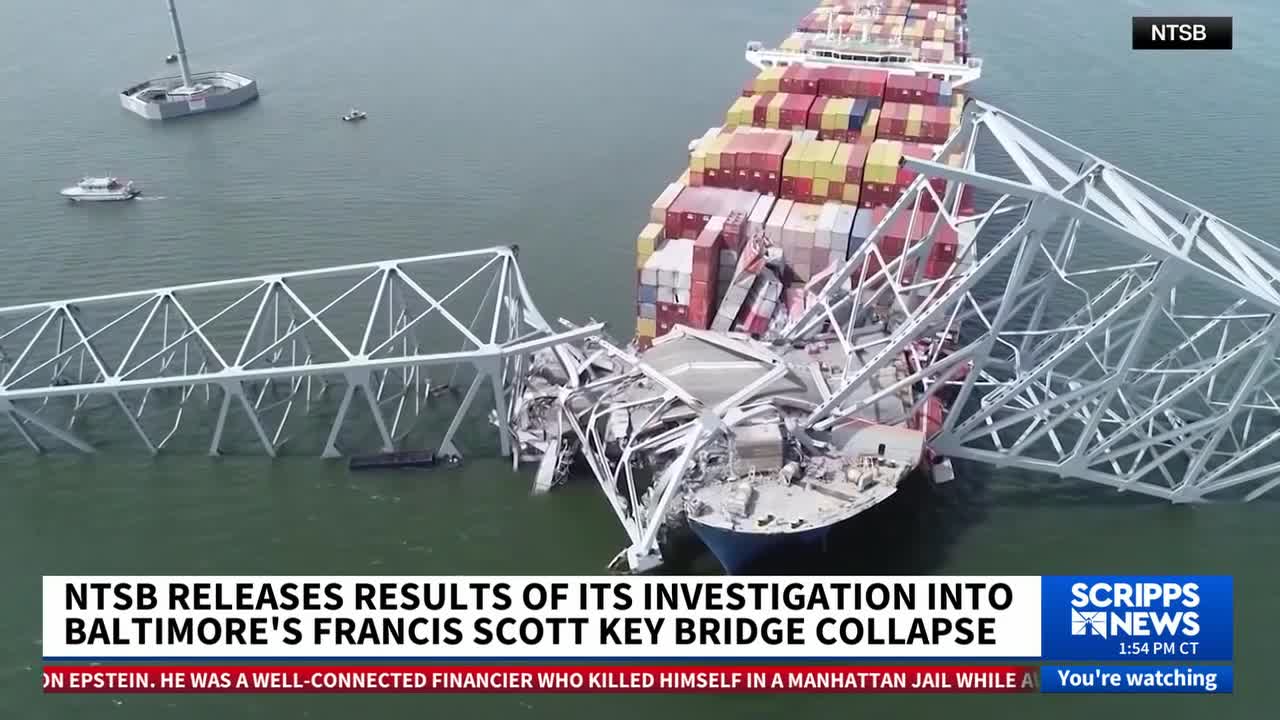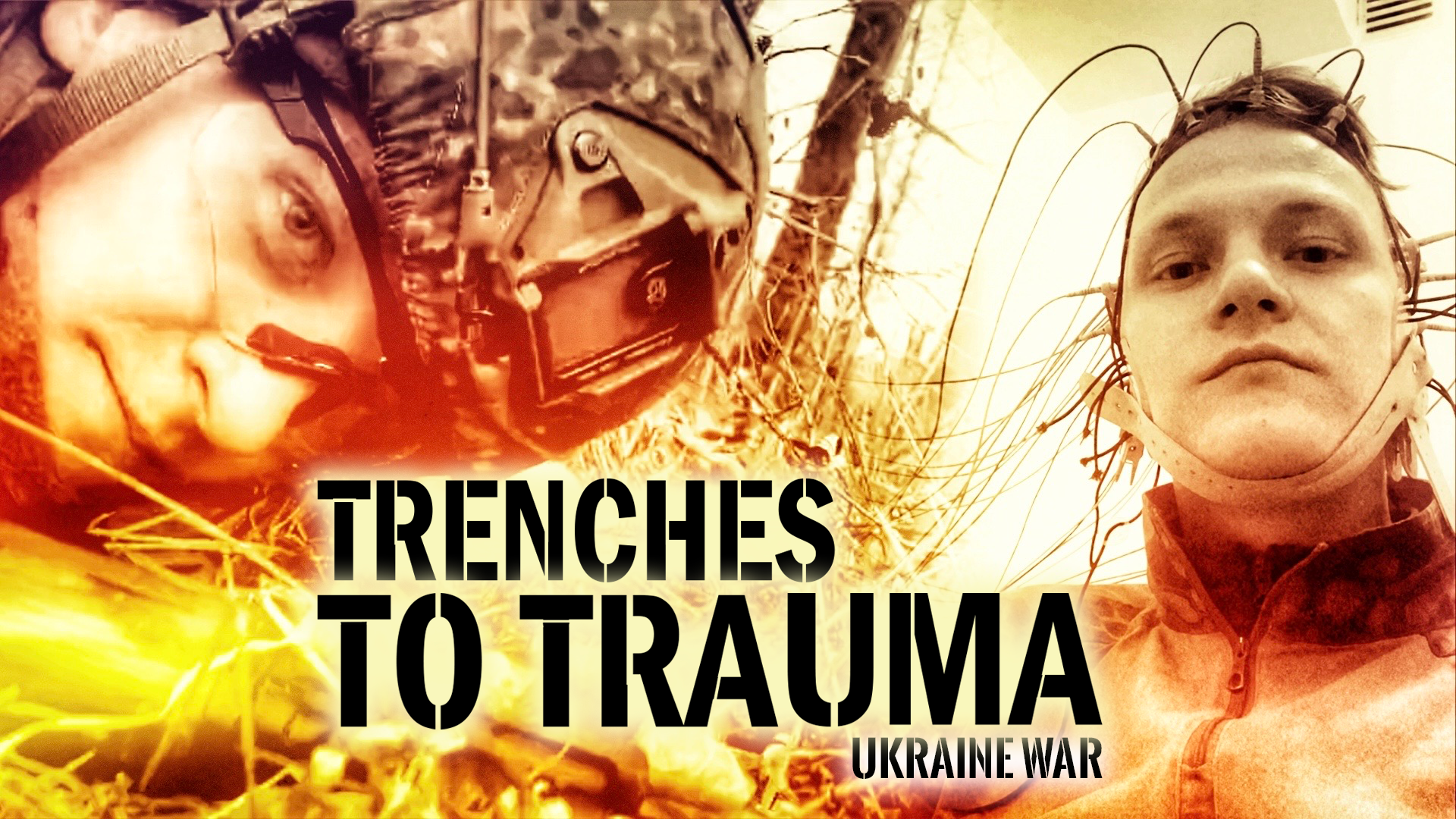Federal investigators on Tuesday detailed what led to the collapse of Baltimore’s Francis Scott Key Bridge last year, killing six construction workers, and issued safety recommendations aimed at preventing future tragedies.
The National Transportation Safety Board held a public hearing to present the findings from its investigation into the March incident, when the Dali cargo ship struck the bridge.
Investigators said the ship lost power twice as it approached the Key Bridge and operators were unable to regain control before the collision. They found the Dali lacked adequate safety systems that could have restored power more quickly and potentially avoided the crash.
RELATED STORY | US bridges are frequently struck by ships and barges
As part of its new recommendations, the NTSB urged that vessels in critical channels — like Baltimore’s — be equipped with systems to prevent them from essentially becoming battering rams if power fails.
The agency also faulted the bridge’s design. Built in 1977, the Key Bridge was not engineered to withstand impact from a ship the size of the Dali. Standards for protecting bridges from ship strikes were first issued in 1991, but Maryland officials did not retrofit the bridge. Investigators said it was 30 times over the risk limit for a ship strike.
The NTSB also found that when the Dali was approaching, motorists were kept off the bridge by the Maryland Department of Transportation, but the warning never reached the six workers who were still on the structure. Officials determined there was enough time for those workers to evacuate before the collapse had they been alerted in time.
RELATED STORY | A list of major US bridge collapses caused by ships and barges
“The fact is none of us should be here today,” NTSB Chair Jennifer Homendy said during Tuesday's hearing. “This tragedy should have never occurred. Lives should have never been lost. As with all accidents we investigate, this was preventable.”
Attention now shifts to 68 other bridges around the country — including the Golden Gate and Brooklyn bridges — to ensure they have defenses against vessel strikes. Among the recommendations: installing warning systems to alert people and motorists if a ship is on course to hit a bridge.












